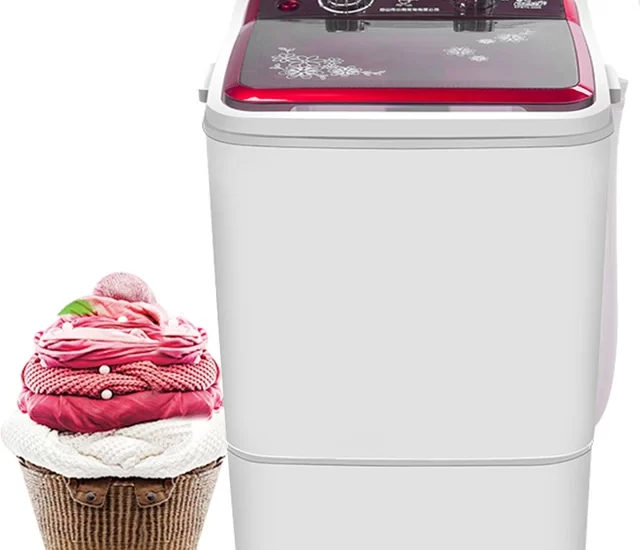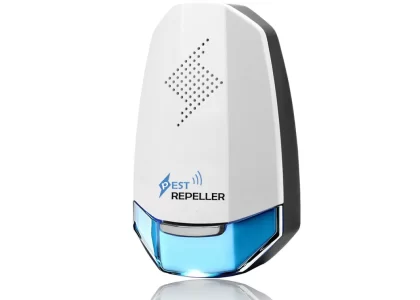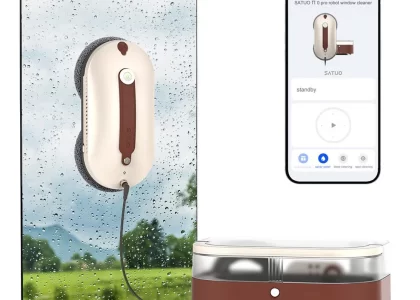 Introduction:
Introduction:
A washing machine not spinning can be a frustrating issue that disrupts your laundry routine. Understanding the potential causes and troubleshooting steps is crucial to identifying and resolving the problem. In this comprehensive guide, we will explore the common reasons why a washing machine doesn’t spin and provide possible solutions. By following these simple steps, individuals can diagnose and address the issue, getting their washing machine back to proper functioning.
 Several types of washing machines:
Several types of washing machines:
There are several types of washing machines:
Top-Load Washer:
This is the traditional type where you load clothes from the top. It has an agitator or impeller in the center to help clean the clothes. Top-load washers are generally more affordable and have faster wash cycles.
Front-Load Washer:
These machines have a door on the front for loading clothes. They are known for their efficiency in using less water and energy, as well as providing better cleaning and gentler treatment of clothes. Front-load washers typically have larger capacity and offer more advanced features.
High-Efficiency (HE) Washer:
HE washers can be both top-load or front-load machines. They are designed to use less water and detergent while still providing effective cleaning. HE washers require HE detergent, which is formulated to work with their lower water levels.
Combination Washer-Dryer:
These machines combine both washing and drying functions in one unit. They are useful for small spaces or apartments where separate washer and dryer units are not feasible. However, combination washer-dryers typically have a smaller capacity and longer drying times compared to standalone dryers.
Compact or Portable Washer:
These washing machines are smaller in size and are designed to be more portable or suitable for tight spaces. They are lightweight and can be easily moved or stored when not in use.
It’s important to consider your specific needs, space availability, and budget when choosing the right type of washing machine for your home.
 Several negative consequences:
Several negative consequences:
When a washing machine doesn’t spin properly, it can have several negative consequences:
Poor Cleaning:
The spinning of the washing machine helps to agitate the clothes and remove dirt and stains effectively. If the machine doesn’t spin or spins improperly, it can lead to poor cleaning results. Clothes may remain dirty or have detergent residue on them, compromising their cleanliness.
Excess Water Retention:
A washing machine that doesn’t spin properly may not be able to remove enough water from the clothes during the spin cycle. This can result in excess water retention, making the clothes heavy and taking longer to dry. It can lead to longer drying times, inconvenience, and higher energy consumption when using a dryer.
Damaged Clothes:
Improper spinning or lack of spinning can cause clothes to become tangled, twisted, or bunched together during the wash cycle. This can cause damage to the fabric, such as stretching, tearing, or even pulling out threads. Clothes may also develop wrinkles or creases that are difficult to remove.
Extended Wash Times:
If the machine doesn’t spin, it may continue to run for longer periods to compensate for the lack of proper water removal. This can result in extended wash times, wasting time, energy, and resources.
Malfunctioning Components:
A washing machine that doesn’t spin may indicate a problem with various components, such as the motor, belt, or transmission. If left unresolved, these issues may worsen over time, leading to further damage and costly repairs.
It is important to address any issues with the spinning function of a washing machine promptly to ensure efficient and effective cleaning, prevent damage to clothes, and avoid further damage to the machine itself. Consulting a professional technician or contacting the manufacturer’s customer service can help in diagnosing and resolving the problem.
 Power and Connection Issues
Power and Connection Issues
Power Supply:
Check if the washing machine is receiving power by ensuring it is plugged in and the outlet is in working condition.
Inspect the power cord for any visible damage that may cause a power interruption.
Door or Lid Interlock:
Confirm that the door or lid of the washing machine is properly closed and securely latched.
Faulty door or lid interlock mechanisms can prevent the machine from spinning.
Fuse or Circuit Breaker:
Verify if the fuse or circuit breaker in the electrical panel for the washing machine is intact.
A blown fuse or tripped breaker can disrupt the power supply to the spinning mechanism.
Load Imbalance and Overloading Issues
Load Distribution:
Ensure that the laundry load is evenly distributed inside the washing machine drum.
Imbalanced loads can trigger safety mechanisms that prevent the machine from spinning.
Overloading:
Avoid overloading the washing machine with excessive laundry.
Overloading can strain the motor and prevent the machine from spinning due to excessive weight.
Mechanical Problems
Belt Drive Issues:
Inspect the belt drive system for any signs of damage or looseness.
Worn-out or broken belts can prevent the spinning motion.
Motor Problems:
Check if the motor of the washing machine is functioning properly.
A faulty motor may not provide the necessary power for the machine to spin.
Lid Switch:
Verify the functionality of the lid switch that activates when the lid is closed.
A malfunctioning lid switch may prevent the machine from spinning as a safety measure.
Professional Assistance
Drive Coupling:
Examine the drive coupling that connects the motor and transmission.
If the drive coupling is defective or broken, it can hinder the spinning mechanism.
Clutch Assembly:
If the machine has a clutch assembly, verify its condition and functionality.
Damaged or worn-out clutches can result in the washing machine not spinning.
Control Board or Timer:
Consider the possibility of a faulty control board or timer.
In some cases, these components may require professional repair or replacement.
 Conclusion:
Conclusion:
A washing machine not spinning can be caused by a variety of issues, ranging from power and connection problems to mechanical faults. By following the troubleshooting steps discussed in this comprehensive guide, individuals can identify the cause of the problem and attempt to resolve it themselves. However, if the issue persists or requires technical expertise, seeking professional assistance is advisable. With the knowledge shared in this guide, individuals can diagnose and address the problem effectively, restoring the spinning functionality of their washing machines. Embrace the troubleshooting process to tackle the issue of a washing machine not spinning and ensure a seamless and efficient laundry experience.





